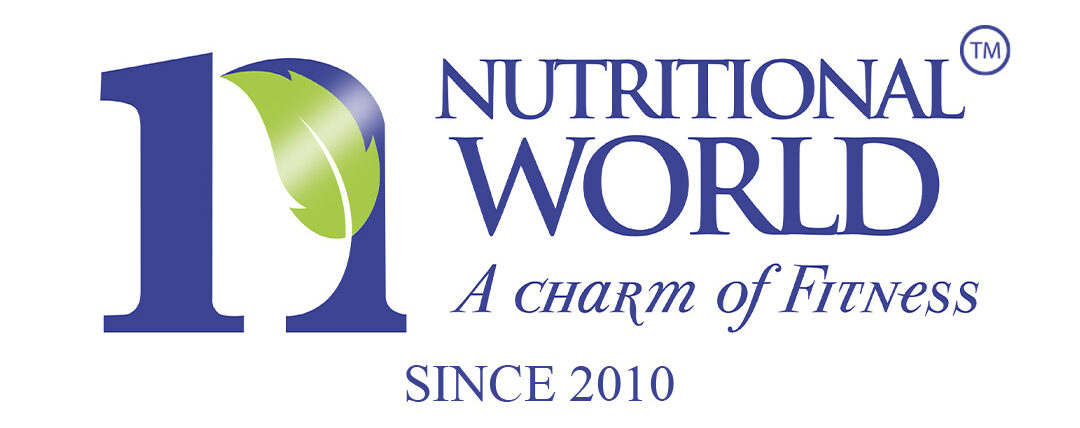Creatine monohydrate is one of the most researched and effective supplements for enhancing strength, muscle mass, and exercise performance. While many people focus on how much creatine to take, the timing of creatine supplementation is just as crucial to maximize its benefits. In this guide, we’ll explore when to take creatine monohydrate for best results, backed by scientific evidence and practical tips.
Table of Contents
Benefits of Creatine Monohydrate Supplementation
Creatine monohydrate provides several performance and health benefits:
- Increases Muscle Strength and Power: Enhances ATP production, improving high-intensity exercise performance.
- Boosts Muscle Growth: Promotes greater muscle volume through water retention and protein synthesis.
- Improves Recovery: Reduces muscle soreness and accelerates recovery between workouts.
- Supports Brain Health: May enhance cognitive function, particularly under stress or fatigue.
How to Use Creatine Monohydrate Effectively
The most common and effective form of creatine is creatine monohydrate. The standard daily dose is 3-5 grams, which can be taken with water or a carbohydrate-rich beverage to aid absorption.
- Powder vs. Capsules: Powder dissolves faster and is more cost-effective, while capsules are convenient for on-the-go use.
- Micronized Creatine: Offers better solubility and digestion.
- Consistency is Key: Daily intake, even on non-training days, is essential to maintain muscle creatine saturation.
What is the Creatine Loading Phase? Is it Necessary?
The loading phase involves taking 20 grams of creatine daily (divided into 4 servings) for 5-7 days to rapidly saturate muscles with creatine. After this phase, a maintenance dose of 3-5 grams per day is sufficient.
- Pros of Loading: Faster saturation, noticeable performance improvements within a week.
- Cons of Loading: May cause bloating and digestive discomfort in some individuals.
- Is it Necessary?: Not mandatory. A daily dose of 3-5 grams will saturate muscles over 3-4 weeks without loading.
When is the Best Time to Take Creatine Monohydrate?
Pre-Workout Timing
Taking creatine before a workout may provide an immediate boost in ATP availability. However, studies show mixed results regarding pre-workout timing benefits.
Post-Workout Timing
Research suggests that post-workout is the optimal time to take creatine. After exercise, muscle cells are more sensitive to nutrient uptake, enhancing creatine absorption. Combining creatine with a post-workout meal or shake containing carbohydrates and protein can amplify its effects.
Non-Workout Days
On rest days, timing is less critical. The goal is to maintain muscle creatine saturation. Taking it with any meal is effective.
Morning vs. Night
There’s no strong evidence to suggest morning or night timing impacts creatine effectiveness. However, taking it at the same time daily helps build consistency.
Who Should Take Creatine Monohydrate?
- Athletes and Bodybuilders: To improve strength, power, and muscle growth.
- Vegetarians and Vegans: Since creatine is primarily found in animal products, supplementation can be particularly beneficial.
- Older Adults: May support muscle mass retention and cognitive function.
Who Should Avoid or Be Cautious with Creatine?
- Individuals with pre-existing kidney conditions should consult a healthcare provider before using creatine.
- Teenagers should use creatine under supervision and appropriate guidance.
- Stay hydrated to avoid potential dehydration-related cramps.
Common Myths About Creatine Timing
- Myth 1: Creatine must be taken pre-workout for effectiveness. → Fact: Post-workout timing may be slightly superior for muscle uptake.
- Myth 2: You need to cycle creatine. → Fact: Long-term daily use is safe and effective without cycling.
- Myth 3: Creatine causes kidney damage. → Fact: Extensive research shows creatine is safe for healthy individuals.
Potential Side Effects & Safety
- Water Retention: Leads to weight gain due to increased muscle water content.
- Digestive Discomfort: Can occur if taken in high doses or on an empty stomach.
- Long-Term Safety: Studies have shown no adverse effects with long-term creatine use in healthy individuals.
Frequently Asked Questions (FAQs)
Q: Can I take creatine on an empty stomach? A: You can, but some individuals may experience mild stomach discomfort. Taking it with food or a shake is generally preferred.
Q: What if I forget to take creatine for a day? A: Missing a day isn’t critical. Just resume your normal dosage the next day. Muscle saturation doesn’t drop quickly.
Q: Should beginners take creatine before or after a workout? A: Post-workout is slightly better due to enhanced nutrient absorption, but consistency matters more than exact timing.
Q: Does creatine timing affect cardio workouts? A: Creatine benefits high-intensity cardio (e.g., sprints) but timing isn’t as crucial for steady-state cardio.
Conclusion
For best results, take 3-5 grams of creatine monohydrate daily. While both pre- and post-workout timings can be effective, research leans towards post-workout as the optimal time. On non-training days, take it with any meal to maintain muscle saturation. Above all, consistency is key to unlocking creatine’s full performance benefits.
Ready to elevate your workouts? Shop premium creatine monohydrate in Pakistan at Nutritional World.


























